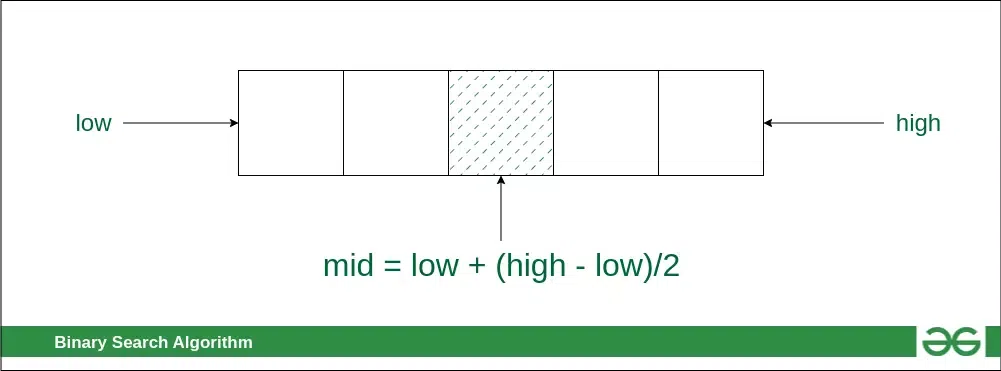One way to describe repetition within a computer program is the use of loops, such as Python’s while-loop and for-loop constructs. An entirely different way to achieve repetition is through a process known asrecursion
The process in which a function calls itself directly or indirectly is called recursion and the corresponding function is called a recursive function. Using a recursive algorithm, certain problems can be solved quite easily. Examples of such problems are Towers of Hanoi (TOH), Inorder/Preorder/Postorder Tree Traversals, DFS of Graph, etc. A recursive function solves a particular problem by calling a copy of itself and solving smaller subproblems of the original problems. Many more recursive calls can be generated as and when required. It is essential to know that we should provide a certain case in order to terminate this recursion process. So we can say that every time the function calls itself with a simpler version of the original problem.
This chapter begins with the following four illustrative examples of the use of recursion, providing a Python implementation for each.
- The factorial function (commonly denoted as n!) is a classic mathematical function that has a natural recursive definition.
- An English ruler has a recursive pattern that is a simple example of a fractal structure.
- Binary search is among the most important computer algorithms. It allows us to efficiently locate a desired value in a data set with upwards of billions of entries.
- The file system for a computer has a recursive structure in which directories can be nested arbitrarily deeply within other directories. Recursive algorithms are widely used to explore and manage these file systems.
Formal definition of factorial function:
The recursive formal definition of factorial function can be written as:
This definition is typical of many recursive definitions. First, it contains one
or more base cases, which are defined non recursively in terms of fixed quantities.
In this case,
Psuedocode for factorial function:
Algorithm factorial(n):
Input: A nonnegative integer n
Output: The value n!
if n = 0 then
return 1
else
return n * factorial(n-1)
The English ruler problem is to draw an English ruler given a number of inches. For each inch, we place a tick with a numeric label. We denote the length of the tick designating a whole inch as the major tick length. Between the marks for whole inches, the ruler contains a series of minor ticks, placed at intervals of 1/2 inch, 1/4 inch, and so on. As the size of the interval decreases by half, the tick length decreases by one.
Pseudocode for drawing an English ruler:
Algorithm draw_line(tick_length, tick_label=''):
Draw one line with given tick length (followed by optional label).
Algorithm draw_interval(center_length):
Draw tick interval based upon a central tick length.
if center_length > 0 then
draw_interval(center_length - 1) // recursively draw top ticks
draw_line(center_length) // draw center tick
draw_interval(center_length - 1) // recursively draw bottom ticks
Algorithm draw_ruler(num_inches, major_length):
Draw English ruler with given number of inches, major tick length.
draw_line(major_length, '0') // draw inch 0 line
for j = 1 to num_inches do
draw_interval(major_length - 1) // draw interior ticks for inch
draw_line(major_length, str(j)) // draw inch j line and label
Binary search is a search algorithm that finds the position of a target value within a sorted array. It works by repeatedly dividing the array in half, until the target value is found.
Pseudocode for binary search:
Algorithm binary_search(data, target, low, high):
if low > high then
return False
else
mid = (low + high) // 2
if target == data[mid] then
return True
else if target < data[mid] then
return binary_search(data, target, low, mid - 1)
else
return binary_search(data, target, mid + 1, high)
In general, an algorithm that uses recursion typically has the following form:
- Test for base cases. We begin by testing for a set of base cases (there should be at least one). These base cases should be defined so that every possible chain of recursive calls will eventually reach a base case, and the handling of each base case should not use recursion.
- Recur. If not a base case, we perform one or more recursive calls. This recur�sive step may involve a test that decides which of several possible recursive calls to make. We should define each possible recursive call so that it makes progress towards a base case




